Let your tea drinking aspire to the ranks of Champagne and fine liqueur with this elegant flute. A tall, stretched interpretation of the classic bell shape, the walls have been cleverly tapered to provide a sturdy and bottom-heavy base with a thin rim, providing better heat retention and reducing the risk of toppling. The fine, ever-so-slightly?goldenrod?glazed porcelain has additionally been decorated with figures of a bat and a deer in relief, common motifs as they are respectively homophones for ‘fortune’, f??, and ‘prosperity’, l??, in Chinese. Whether artists have been aware of the unlikely symbiosis between bats and deer is unclear, but the charm of the depictions is undeniable.
The cup is a perfect pairing for the?Fu Lu Shou Gaiwan, which adds the image of a peach, representing longevity, for all three of the classic good wishes.
About the artist
Li Siqi is an emerging Jingdezhen potter. After graduating from the Fine Arts Department of Jiangxi Normal University, she spent half a year practicing ceramics at kilns in the southwest of China with a focus on sculpture and pottery. She fell in love with celadon and the Hutian kiln* (????Ҥ), a famous kiln of the Song Dynasty, and has devoted herself to exploring the history of the craft.
In 2018, she established Qiwei (lit. ??seven flavors??) Ceramics Studio in Jingdezhen, the capital of porcelain. It continues to inherit from the classic kilns, combining Song Dynasty gracefulness (Song Yun (????), lit. ??Song rhyme??) with modern lifestyles to create teaware with a historical touch for elegant yet practical chaxi.
*Hutian kiln is located is located in the Hutian Village, a suburb of Jingdezhen. The Hutian porcelain wares of the Song Dynasty (960-1279) were mainly decorated with fine patterns and made into beautiful shapes.
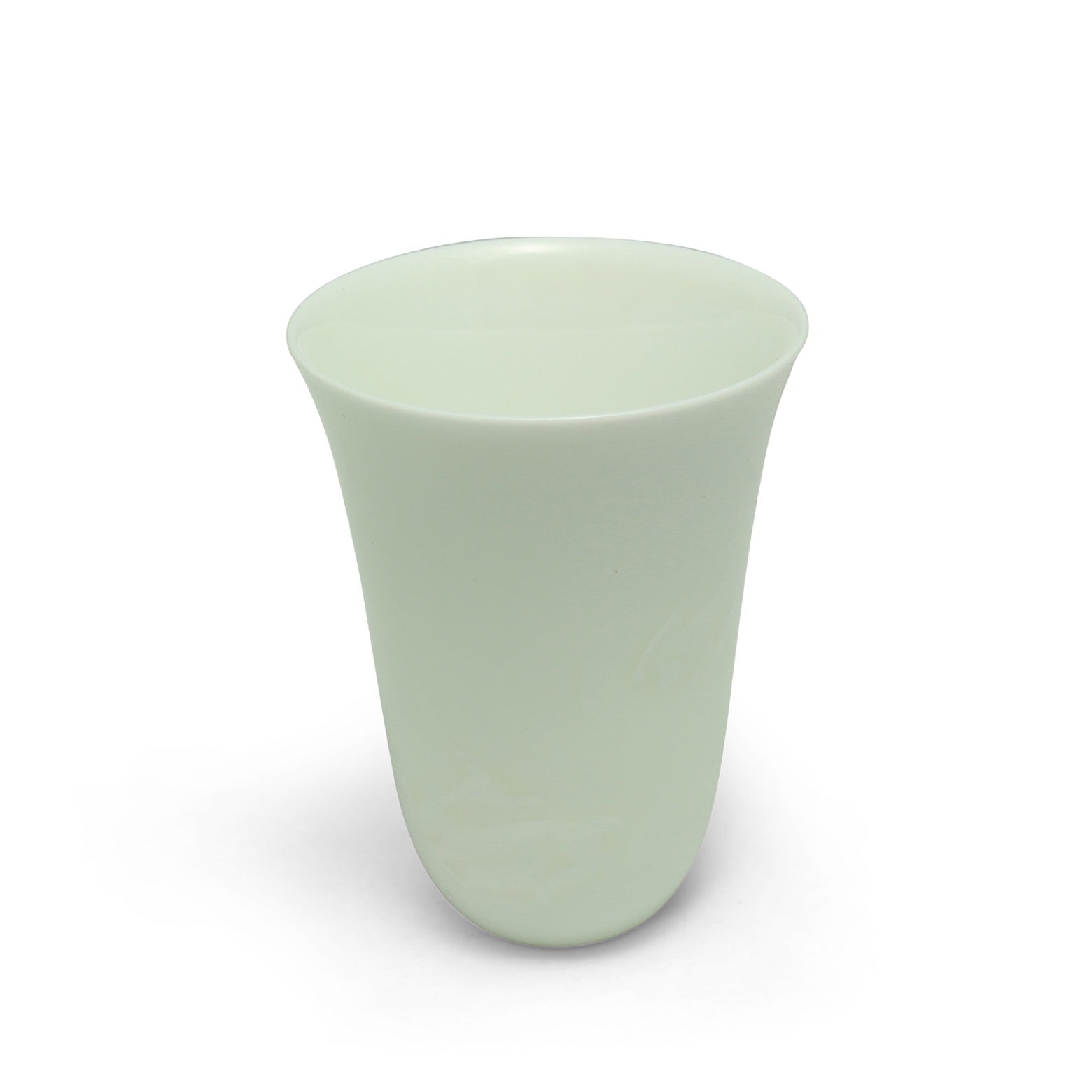
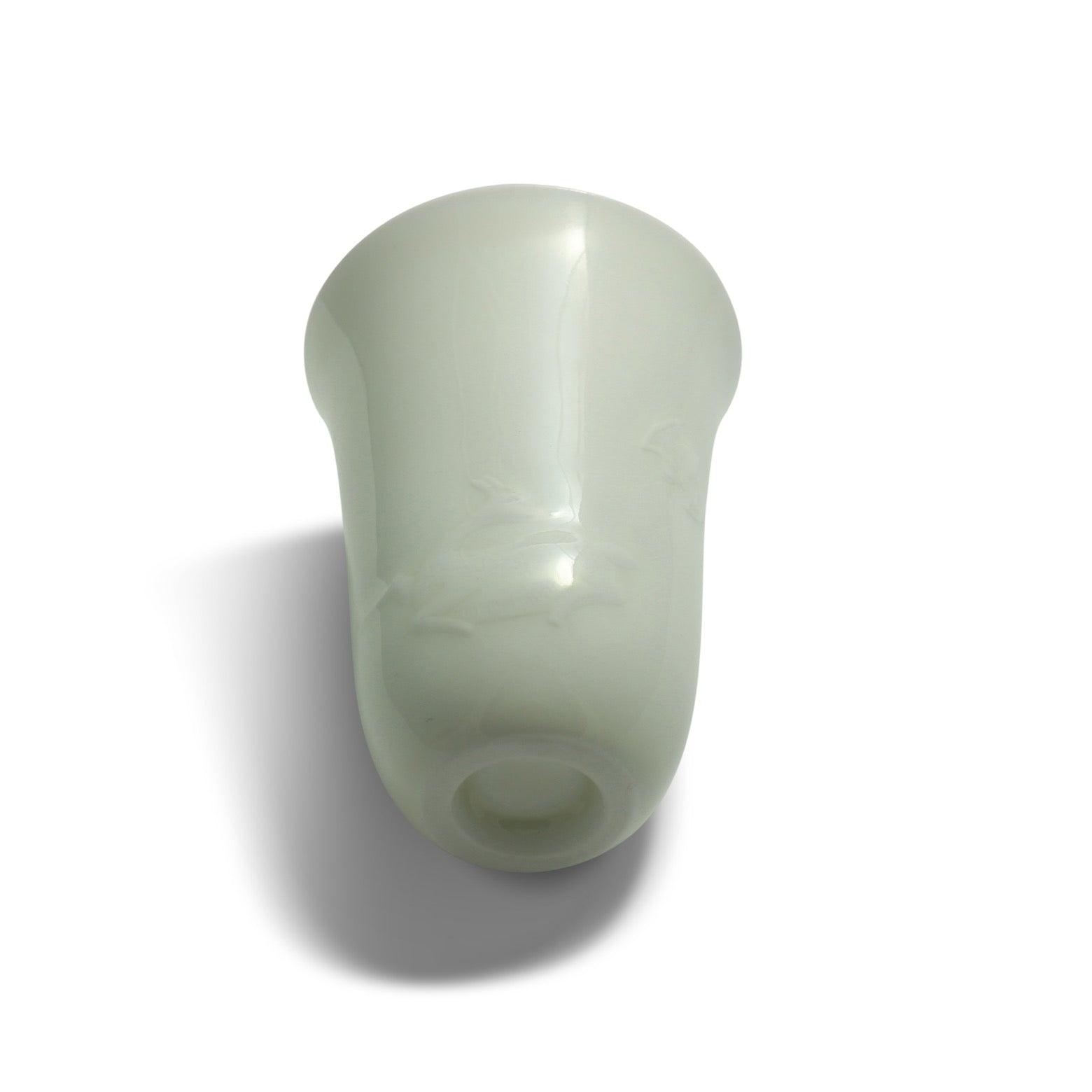
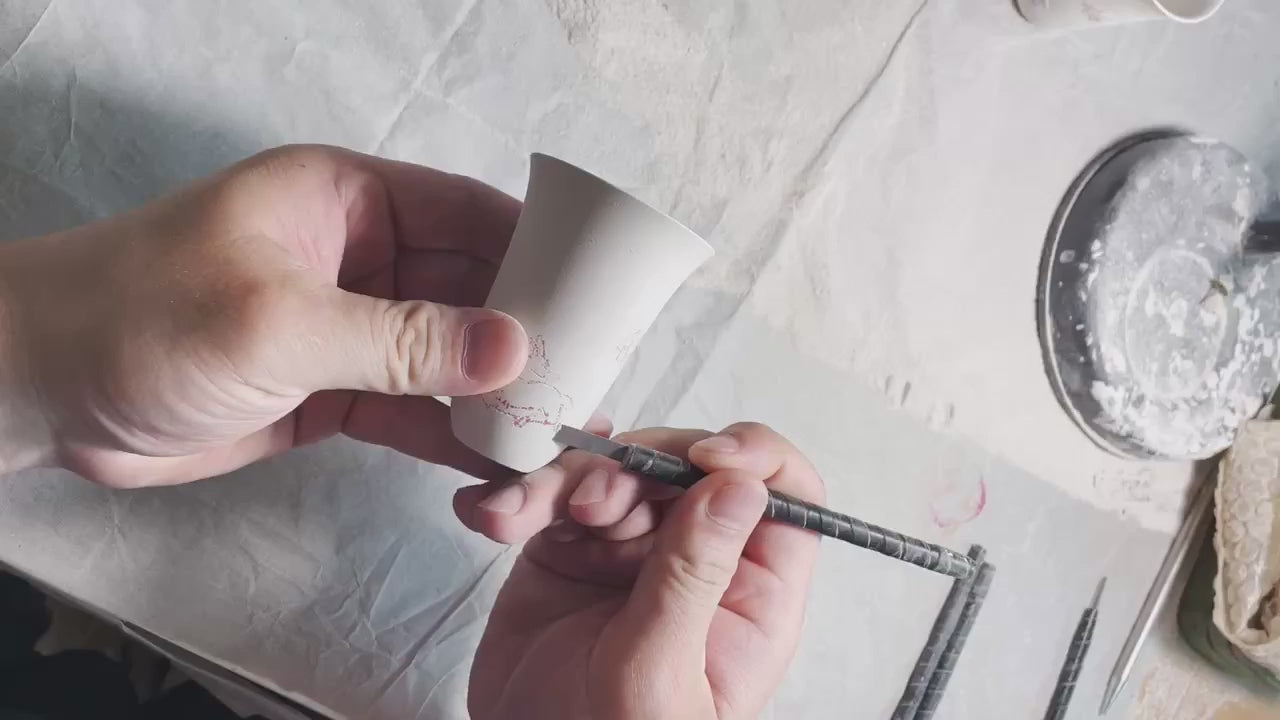
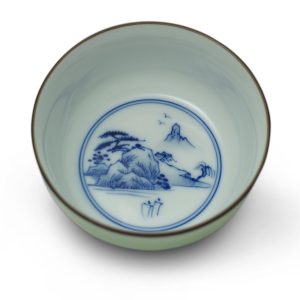
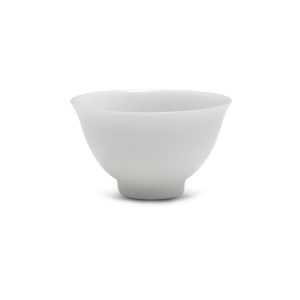
Reviews
There are no reviews yet.